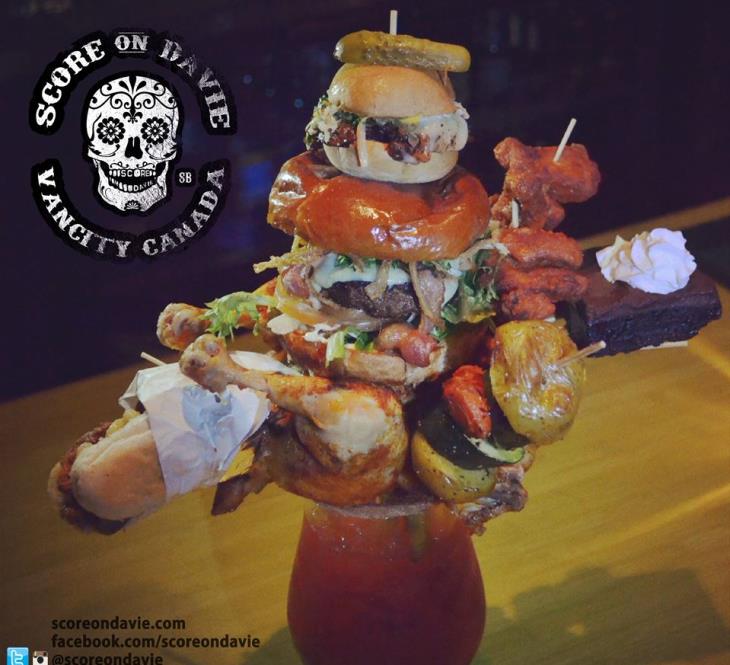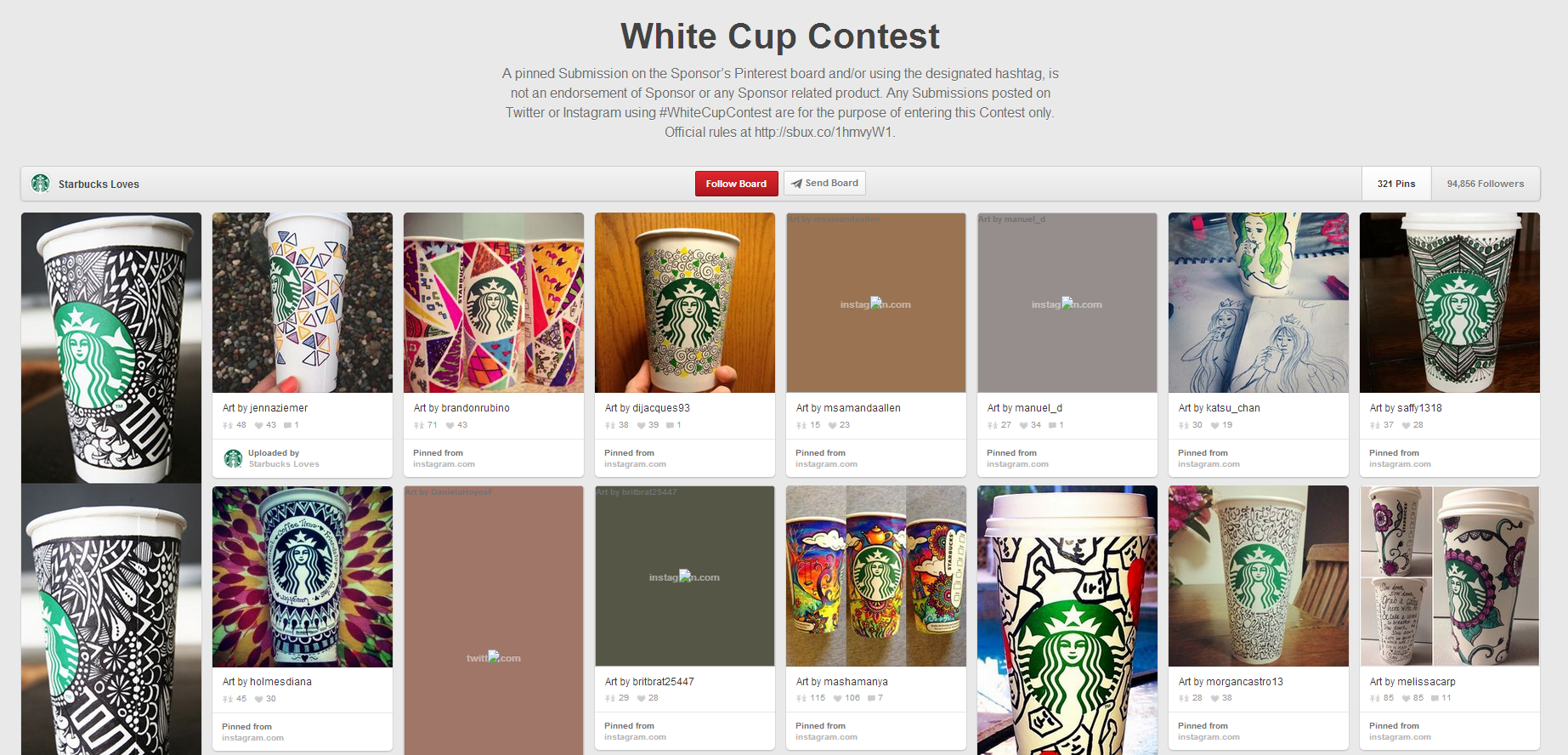Social Media Marketing 101 for Vancouver Small Businesses

Local Vancouver businesses today are facing high operating costs, increases in online shopping, and changes in customer demographics. People are moving to neighborhoods with lower real estate costs and shopping online while commercial rent keeps on going up.
These changes have made it difficult for businesses to attract local shoppers because there are fewer of them within the community and more of them shopping online.
As a business owner, what can you do to overcome these challenges? What can you do to ensure you’re bringing in business and generating a profit?
One way is by connecting with a large volume of consumers outside your community and converting them into customers. Fortunately, with the wide use of social media, reaching consumers outside your community has never been easier. According to a recent study, two out of three Canadians use social media actively. You can use social networks to attract target audience and entice shoppers to purchase your product or service.
How to Attract Customers through Social Media:
Attracting the target audience and developing their desire to purchase from you is the first step to build a successful business. Here are five social media tactics you can use to entice customers:
a. Develop unique products. Give people a reason to drive all the way from North Vancouver, Surrey, or Richmond to dine at your restaurant or shop at your retail store. Offer products or services that they can’t get elsewhere.
For example, Score on Davie, a restaurant on Davie Street, created a unique caesar. The caeser is garnished with a Score burger, slider, chicken wings, cheese hot dog, roasted vegetable, and a full roast chicken.

The caeser helped the restaurant attracted customers all across town and generated lots of online buzz. Local publications such as Vancity Buzz wrote about the unique caeser and its readers shared the article online which helped restaurant gained major online exposure.

b. Submit to local listings. 61% of shoppers go to local listing websites such as Urban Spoon and Yelp to read reviews before making a purchase decision. If you’re selling to consumers, you should be present on these sites. (Read Top 62 Canadian Google Local Citation Sources to find directories relevant to your business that should submit to).
c. Contribute articles to local and industry publications. Local blogs such as Vancity Buzz and Vancouver is Awesome have over 50,000 Twitter followers each. Getting your guest articles shared by these bloggers on social media will you improve online awareness and your chances of attracting new followers.
In addition to contributing articles to local blogs, submit content to industry publications. Contribute articles to health magazines such as BCLiving or Canadian Health & Lifestyle if you’re a health clinic, Food in Canada or Flavours' World if you’re a restaurant, or FASHION Magazine or Flare if you’re a fashion retailer. Contributing articles to these publishers will help you increase online visibility and reach your target audience.
d. Invite reviews. Request niche bloggers to review your product or service.
Invite fashion bloggers such as To Vogue or Bust or In My Dreams to review your accessories if you’re a fashion retailer or food critics such as Sherman's Food Adventures or Foodology to review your dishes if you’re a restaurant. Getting your products or services reviewed and shared by these bloggers will help you gain customer reach.
e. Partner with influential social media users. Offer incentives to relevant Twitter or Instagram users to share content about your business.
For example, if you’re a restaurant owner, offer incentives to local Instagram users who share photos of food to share pictures of your dishes. This partnership will help you connect with their followers and increase your exposure.
You can use social media discovery tools such as Followerwonk or Totems to find relevant, influential Twitter or Instagram users.
(Note: Read Pie for Posts to see how a bakery is partnering with social media influencers to boost brand awareness).
Once you’ve contributed articles to publications, submitted your website to local listings, and partnered with influential social users to gain new followers, leverage your newly acquired social media fans to further increase your social following and customer-base.
How to Leverage Your Network to Grow Your Social Following and Client-base:
Promoting your brand and acquiring completely new clients is costly because you have to invest heavily in advertising. To reduce your ad expense, leverage your existing customers to reach and attract new customers.
Here are three ways you can leverage your existing clients:
a. Encourage Facebook check-ins
Facebook’s check-in feature lets “users who wish to announce their location to their friends on Facebook tap a "check in" button to see a list of places nearby, and then choose the place that matches where they are.”
When your customers check-in your business, you increase online exposure because your customers’ Facebook or Twitter followers will become exposed to your brand.
To encourage customers to check in your business on Facebook, offer incentives such as 25% discount off their purchase.
Here’s how you can enable Facebook check-in for your fans:
• Click Settings at the top of your Page
• Click Page Info in the left column
• Click Category
• Select Local Businesses from the first dropdown menu, then select a more specific category (ex: Restaurant/Cafe) from the second dropdown menu
• Click Save Changes
To add your business address to your Page:
• Click Settings at the top of your Page
• Click Page Info in the left column
• Click Address and enter your business address
• Click to check the box next to Show map, check-ins and star ratings on the Page
• Click Save Changes
b. Create staff videos
Developing staff videos lets you establish credibility by demonstrating the professionalism of your team members. Staff videos are also excellent referral program marketing materials for clinics because clients can share the videos with friends who are looking for trustworthy, licensed doctors or practitioners.
c. Create social media contests
Offer incentives for social media fans to share your branded content.
Starbucks for example has initiated a contest called the White Cup Contest where participants would add their own designs to Starbuck cups, share photos of the cups on Twitter or Instagram, and mention Starbucks’ Twitter or Instagram handle and the hashtag #WhiteCupContest. The winner of the contest would receive a $300 gift card and other prizes. This contest has helped Starbucks gain online awareness because when a participant posts a photo of his designed white cup on social media, his Twitter or Instagram friends will become aware of Starbucks’ brand name and logo and social media handles. You can also use this contest idea to drive awareness for your business. (Read related article: 5 Pinterest Best Practices Every Social Media Marketing Professionals Should Follow).

After you’ve performed the aforementioned tactics to attract new followers and leverage your network, assess your performance using quantifiable results so you can make appropriate refinements.
How to Evaluate Your Social Media Marketing Performance:
Using data to measure social media marketing performance helps you clearly identify which campaigns are working and which ones aren’t. Use the following four tools to assess your social media performance:
a. Bit.ly. Bit.ly is an URL shortener. You can use it to shorten long URLs such as http://www.smartt.com/insights/top-62-canadian-google-local-citation-sou...to http://bit.ly/1mmUnEL.
You can also use Bit.ly to assess social media engagement. Bit.ly tracks the number of clicks a shortened URL has generated. For example, Bit.ly can show that a shared link has generated 12 clicks today.
Use Bit.ly to see whether your social media community is engaging with your content and click-through your articles. If you realize that your fans aren’t engaging with your content, consider making changes such as sharing different kinds of articles or publishing the article at a different time.
b. Buffer. Buffer is a social media management tool. You can use it to shorten URLs, schedule posts, and track number of clicks and retweets.
Use Buffer to determine whether your social fans are participating in your social media contest and retweeting your content. If you discover your followers aren’t participating in the contest, consider offering different incentives in the next contest to improve the participation rate.
c. Google Analytics. Google Analytics is a Google-powered analytics tool which measures your website performance. The tool keeps track of metrics such as how many web visitors you’ve generated within a specific timeframe and which sources visitors used to land on your website (via Twitter or Google).
Use Google Analytics to see whether you’re generating web traffic from product reviews or industry publications you’ve contributed to. If you discover that these initiatives aren’t generating positive results for your business, make adjustments such as request other niche bloggers to review your products or services or submit articles to different publications.
d. SproutSocial. SproutSocial is a social media analytics tool. Sync your Twitter and Facebook accounts to the platform and you can track the number of new fans and retweets you’ve gained within a specific time period. Use SproutSocial to determine whether your blogger partnership and content contribution are helping you increase the number of social followers and social engagement. If you find out that the campaigns aren’t improving your social following and engagement, consider making changes such as the ones mentioned above.
If you have further questions about social media marketing, please feel free to contact us and we would be more than happy to help. If you want to gain knowledge and skills outside of social media marketing within the field of digital marketing, we offer a 1-day P.A.C.E. digital marketing training workshop which covers major topics such as SEO, pay-pay-click, and content marketing.


